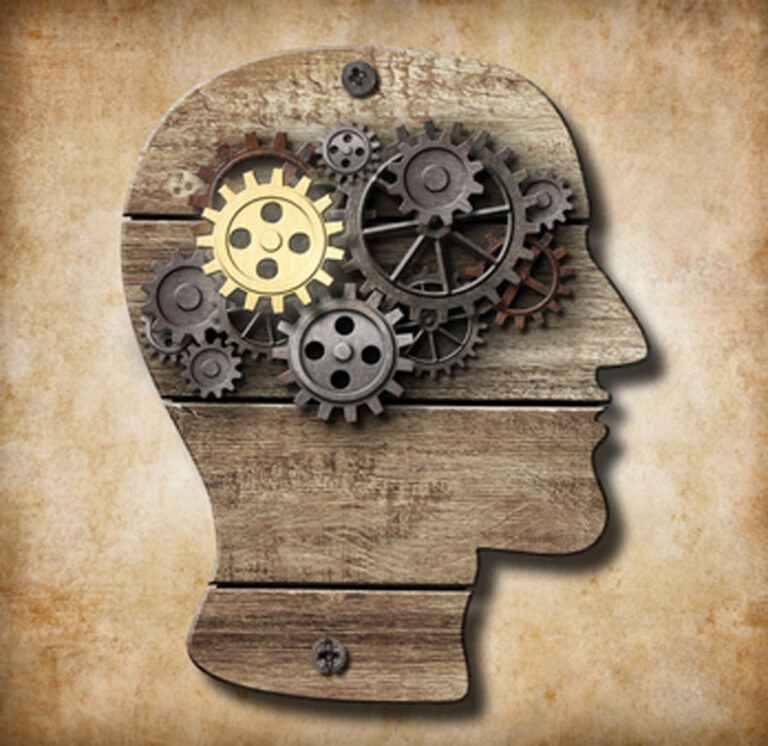Childhood has changed drastically over the past few decades. With the introduction of video games, social media, and all sorts of technology, the digital era had a huge impact on kids and their traditional pastimes.
And with such changes, came differences in children’s moods and overall mental state of being. Children have always been susceptible to depression, ADHD and other conditions (simply because they’re human just like us, but tinier, even more sensitive versions) yet since we began recognizing these mental disorders in the early 1900’s, the largest wave of diagnosis practically happened hand-in-hand with the digital era.
While we have developed medications geared towards aiding in these various conditions, we haven’t been nearly as diligent in making sure that talk therapy goes with them. Using prescription pills on the still developing minds of children needs to be closely monitored and providing therapy is key to preserving the integrity of their treatment.
First of all, the increase in diagnosis could be a direct correlation to the lack of time children seem to spending outside these days compared to past generations. According to Psychology Today, “Children are spending half as much time outdoors as they were before 1992 and 8-18 year old kids spend 7 hours and 38 minutes using entertainment media in a typical day, not including computer time for schoolwork. Only 6% of kids even play outside on their own.”
Gone are the days of knocking on your friends doors to see if they can play, because even toddlers can figure out how to communicate over social media now.
According to a study by the Journal of Biological Psychiatry, “… living in states with greater sunshine (solar intensity or SI) may protect against the development of ADHD.” And we know well that Vitamin D is a crucial tool in battling depression for individuals of any age, yet our interests continue to gravitate towards the tiny screens we hold in the palm of our hands.
The question becomes this: Do we curb kids away from technology and back towards the great outdoors? I think many would argue that yes, this is a great step towards helping our children to be happy and healthy. But is it realistic? One day of hiking isn’t going to distract them for very long and before we know it, they’re back to playing games and watching Netflix. So the diagnosis of ADHD and depression will continue and we continue to prescribe medication. But what about what these kids are actually experiencing? Numbing them to their emotions does nothing to aid them in the long run, though arguably, medication is certainly needed in some cases, and always according to a certified psychiatrist’s professional opinion.
While many adults have a difficult time grappling with their feelings and thoughts, it’s even more of a challenge for kids.
They have a limited perspective for what they’re experiencing and it’s our responsibility as adults to help them navigate those emotions. It may not yield immediate results, but talk therapy is the best and most helpful way to do so. Therapy can provide many different methods to help kids deal with anything and everything they are going through in a balanced and healthy way. There are many tools at our disposal to allow us to help children as the environment around them shifts – but at the heart of all of those tools is therapy. It is the foundation we should be building from and doing everything we can to help them develop into the best versions of themselves.
Could your child use some talk therapy to sort what’s going on in their tender, young lives? Are they not opening up to you as much as you would like and can’t bear to see them so sad? Contact me to set up an initial session to see if we are a good fit. It’s simple to start. Just click here or below to pick your own day and time that are most convenient for you.







